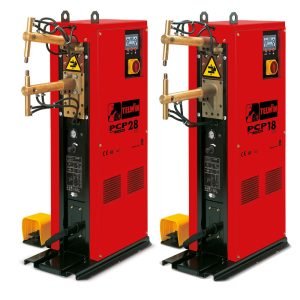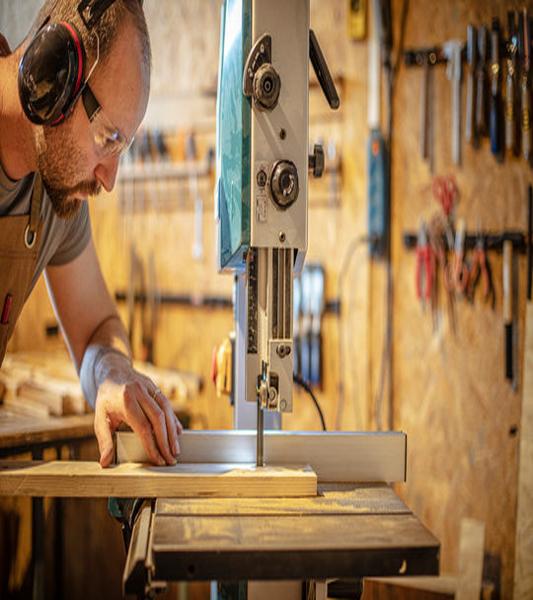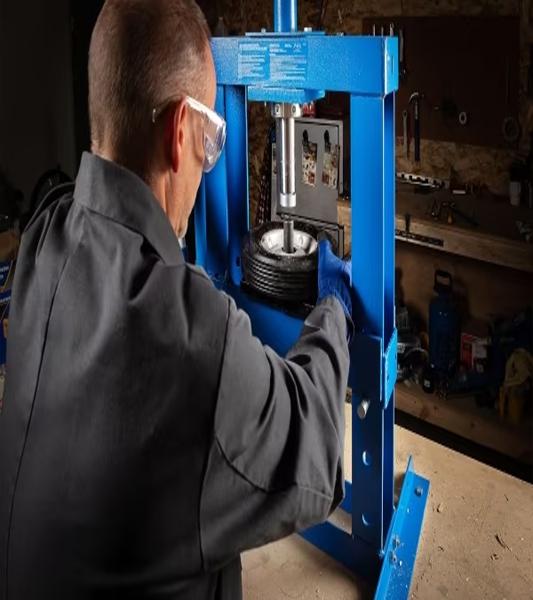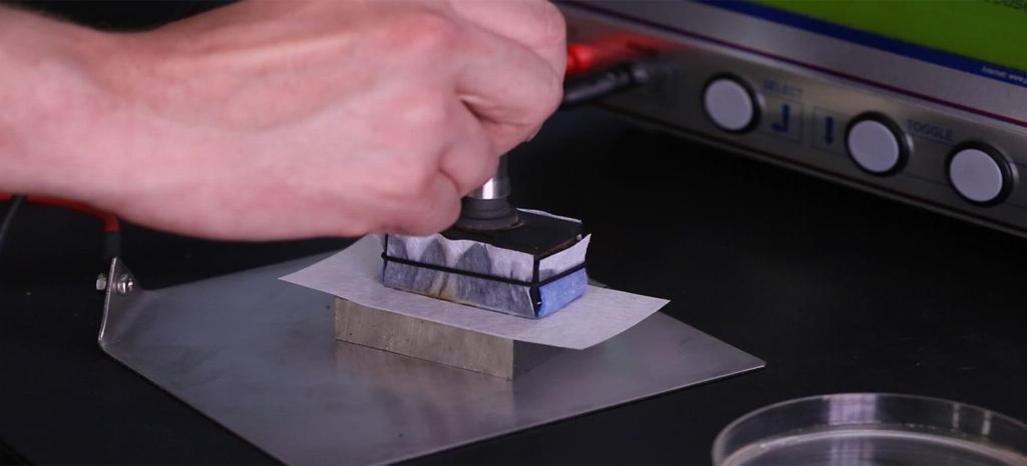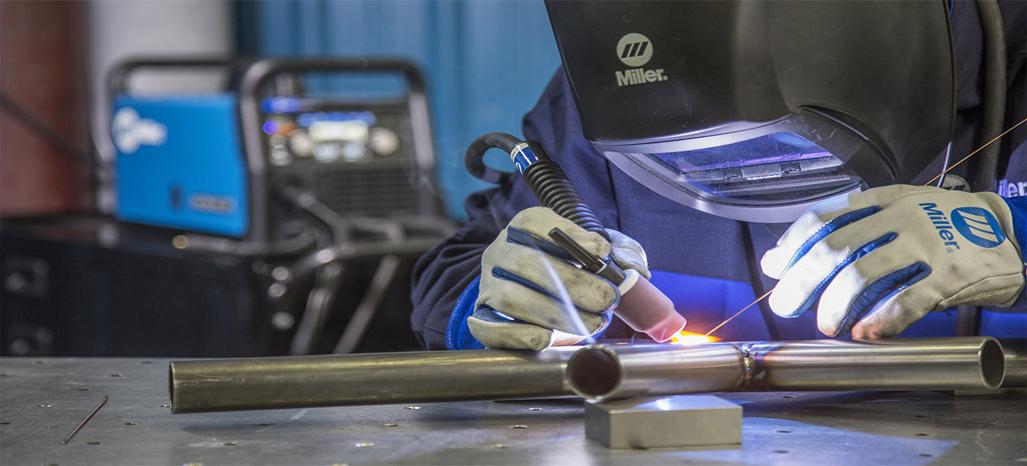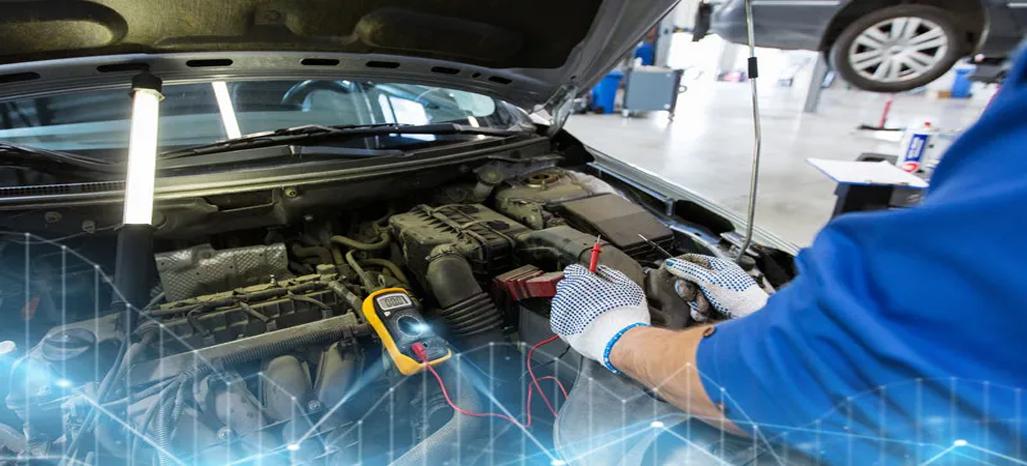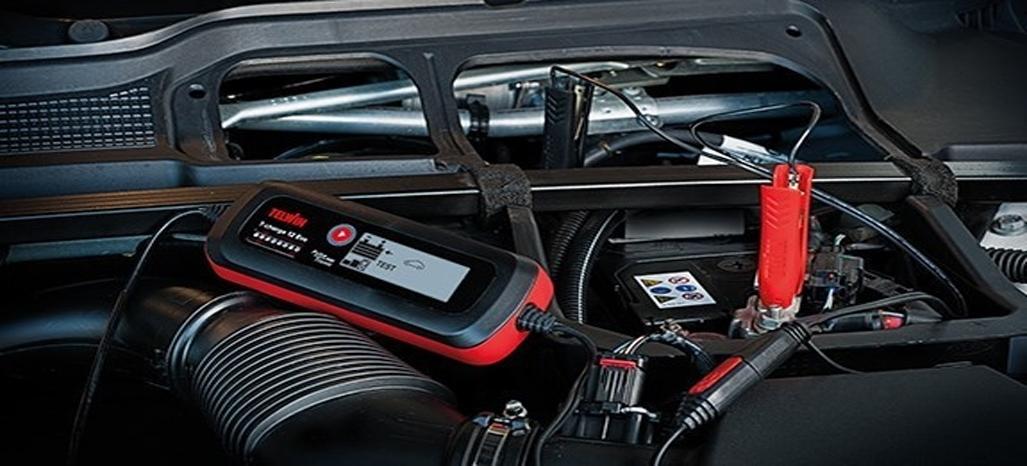HOME LEARNING ABOUT MACHINERY Metal Marking & Etching Systems Metal Marking & Etching Systems Electrolytic etchers are perfect for permanent marking of various conductive metals. Our etching systems use a...
Read More
TELWIN
EINHELL












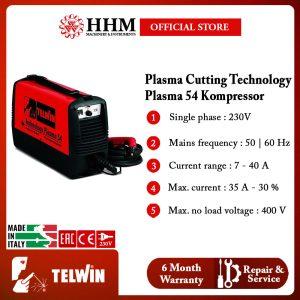



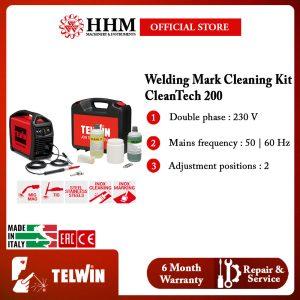














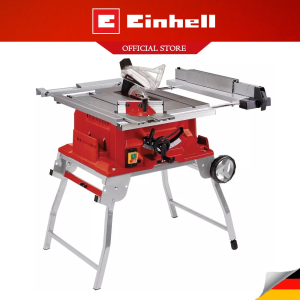
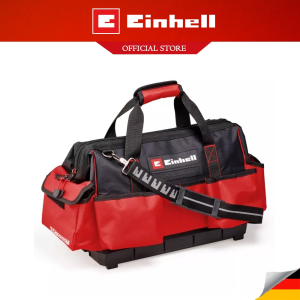
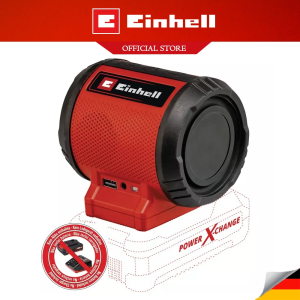
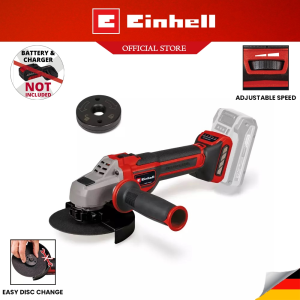
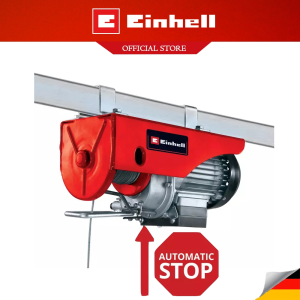
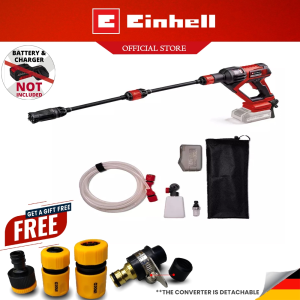
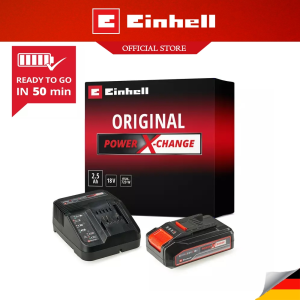
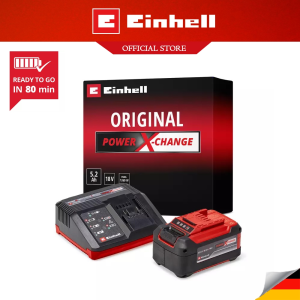














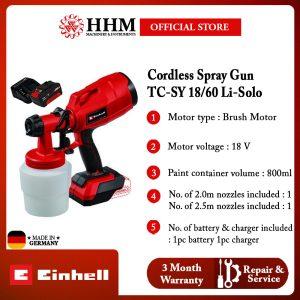

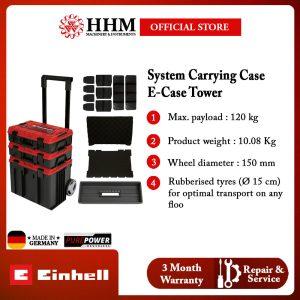



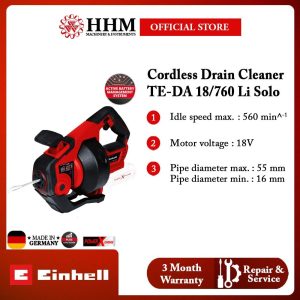






































































New Arrival




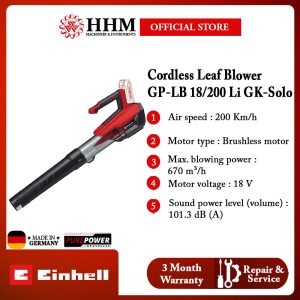
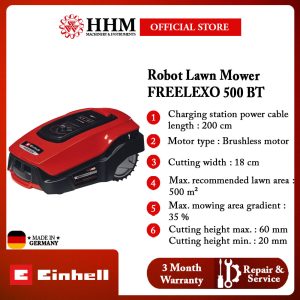
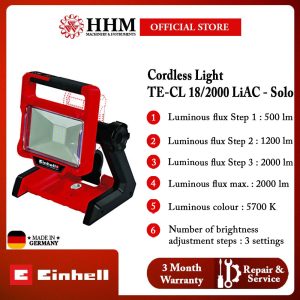






Clear Stock



Learning About Machinery
TIG WELDING
HOME LEARNING ABOUT MACHINERY TIG WELDING PULSE - EASY PULSE THINSPOT ARC WELDING IN INERT GAS WITH NON-CONSUMABLE TUNGSTEN ELECTRODES (T.I.G. Tungsten Inert Gas) A. INTRODUCTION Arc welding in an inert...
Read More
MIG MAG WELDING
HOME LEARNING ABOUT MACHINERY MIG-MAG WELDING ATC DEEP MIG ROOT MIG PULSE ARC WELDING WITH CONTINUOUS WIRE ELECTRODE WITH GAS SHIELD (G.M.A.W.) OR WITHOUT GAS SHIELD (FLUX or SELF-SHIELDED WIRE)....
Read More
MMA WELDING
HOME LEARNING ABOUT MACHINERY MMA WELDING ARC WELDING WITH COATED ELECTRODES (M.M.A. Manual Metal Arc) A. INTRODUCTION Arc welding with coated electrodes is a manual process where the heat source consists...
Read More
BATTERY MAINTENANCE
HOME LEARNING ABOUT MACHINERY BATTERY MAINTENANCE How to extend the life of a battery and restore its functionality It is essential to know about those situations that can hinder battery...
Read More
PULSE TRONIC CHARGE
HOME LEARNING ABOUT MACHINERY PULSE TRONIC Electronic control of the charging process PulseTronic, which is made in Telwin, is our answer for charging/maintaining traction batteries used in Automotive applications, no matter whether...
Read More
Non-stop sawing – A comparison of Einhell band saws
HOME LEARNING ABOUT MACHINERY Non-stop sawing – A comparison of Einhell band saws Whether it's furniture, model making or decorations - many projects can be implemented with wood in your...
Read More
Our Brands

































Previous
Next
HHM MACHINERY & INSTRUMENTS
- B-03-32, Kompleks Perindustrian Emhub, Persiaran Surian, Taman Sains, Kota Damansara, 47810 Petaling Jaya, Selangor.
- To visit our unit at B03-32, please park at the public car park at the ground floor and access from Block B, Lift Lobby 3.
- +603 7614 7899
- Sales@hhmkl.com.my
- Hup Hong Machinery (SG)
- Nanyang Instruments & Machinery
- Hup Hong Machinery (VN)




